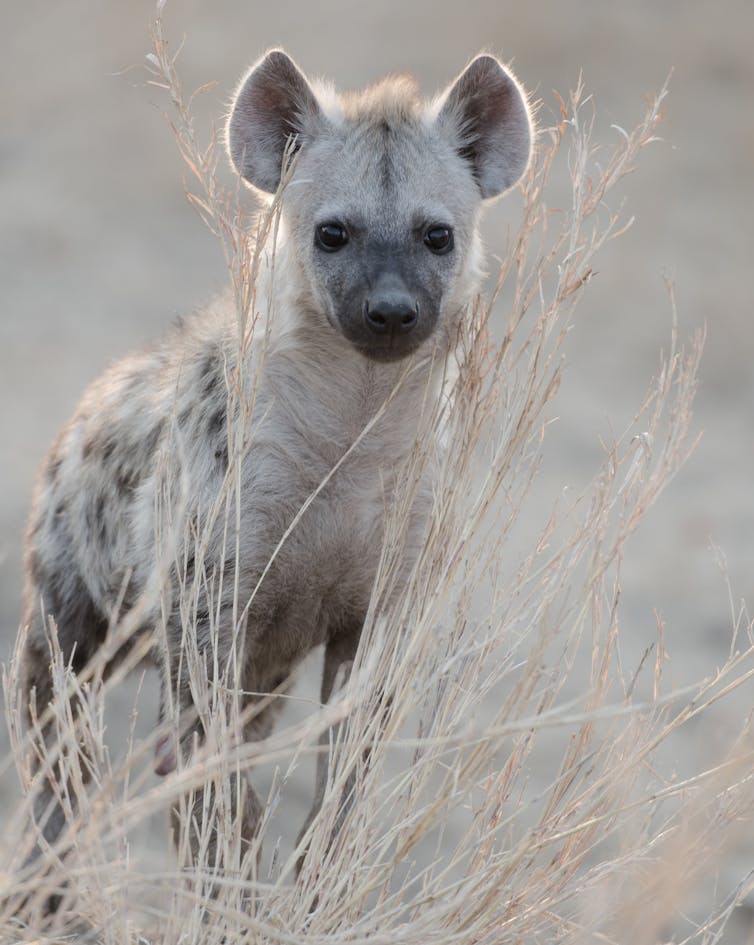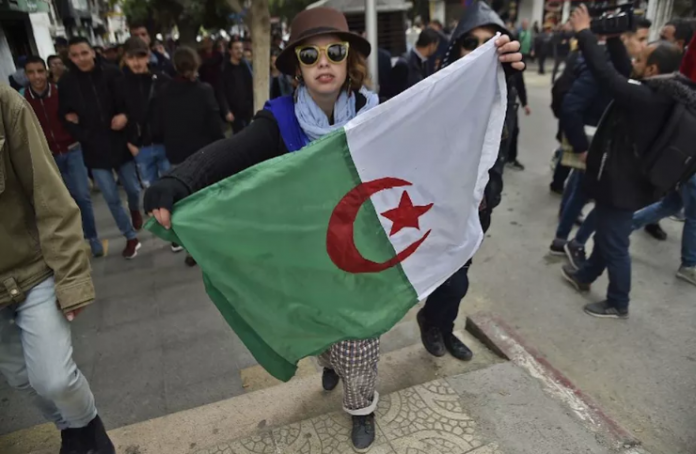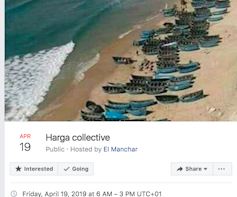Of all the world’s great natural predators, hyenas are surely among the most maligned. They are often seen as good for nothing scavengers, the bullies of the African plains, laughing as they gang up to steal hard won meals from their more majestic competitors.
Footage of spotted hyenas (the largest and most familiar of the four hyena species) seen on nature documentaries often strengthens this notion, as does their portrayal in stories such as Disney’s Lion King. But where does such a negative view come from? And is it justified?
The origins of the hyena’s reputation may lie in the role it has played in African folklore. In Tanzania, witch doctors often kept spotted hyenas in cages and were said to ride on their backs at night. There is also an old superstition in that country that if a child is born at night while a hyena is crying, he or she will grow up to become a thief.
Then there is the hyena’s association with scavenging, and a widely held traditional belief that hyenas are there to clean up rotting carcasses – including human ones. Indeed, for the Masai of Kenya something was believed to be wrong with a person if their corpse was not consumed by a hyena. As a result they used to cover human corpses in blood and fat to encourage consumption – and avoid social disgrace.
Today, the label of “scavanger” is portrayed as being a negative trait. But the idea that hyenas are purely scavengers that profit from the hard work of other (more popular) carnivores such as lions or cheetahs is incorrect. It is a myth often perpetuated by nature documentaries which show large groups of hyenas mobbing lions after a kill.
The truth is that spotted hyena are actually excellent hunters in their own right. Indeed, the majority of all the prey they consume comes from their own hunting efforts. Given the opportunity to scavenge or steal prey from another carnivore they will take it – but so would any other carnivore on the African plains.
Such kleptoparasitism (parasitism by theft) makes perfect sense from an energy conserving point of view. The nutritional gain provided by a carcass can be obtained without any risk of being injured during a hunt or the energy expenditure involved in a chase. Of course, the act of stealing a carcass from a hungry lion is not without its risks, and individuals can be killed in the attempt. But more often the species with the larger numbers in their ranks will prevail.
For some reason though, we tend to ignore the hunting skills of hyenas, while admiring the efforts of their rivals. We marvel at the power of a leopard dragging its prey up a tree, at the speed of a cheetah coursing a gazelle, and the team work of lions as they pursue large and dangerous animals. Yet we fail to notice that hyenas are just as impressive and efficient hunters.
They typically hunt alone or in groups of up five individuals – the size of potential prey increases with the hunting group size. One adult has been observed taking down a fully grown wildebeest, a testimony to the hyena’s awesome strength.
They can also run up to 40-50km per hour over several kilometres, with one pursuit being observed over an astonishing distance of 24km. This combination of strength and speed make them formidable hunters and one of the top predators in the African savannas.
Team players
Living in female dominated clans, hyenas are also one of the most social of all carnivores. Cubs are reared communally (although females only suckle their own offspring) with the group providing safety in numbers, improved vigilance of adults, and an effective defence of territory and food.
As is common in many social carnivores, the spotted hyena has a wide repertoire of vocalisations to aid communication. The high pitched cackling heard at kills or when competing for carcasses is widely referred to as a “laugh”. But the laugh is actually a submissive call, showing that the individual making the sound is not a threat.
The other call spotted hyenas are well known for is a “whoop”, a long-distance call used to communicate to other clan members, and one of the iconic sounds of the African bush.
So perhaps it is time to cast aside Disney stereotypes and “baddy” bit parts in nature documentaries. The hyena is a wonderful predator in its own right. It is just as important and impressive as any of Africa’s great carnivores, and an animal with attributes that humans admire in other species, as well as in ourselves.

Yes, they steal prey from other carnivores, but so do lions when they get a chance. They may appear like an angry mob at times, but what they are actually displaying is superb team work.![]()
Richard Yarnell, Associate Professor School of Animal Rural & Environmental Sciences, Nottingham Trent University
This article is republished from The Conversation under a Creative Commons license. Read the original article.






















